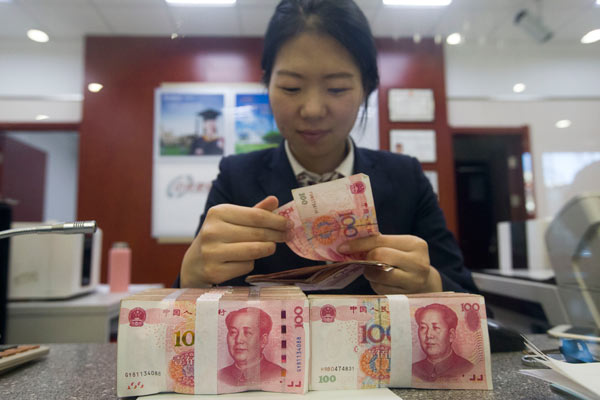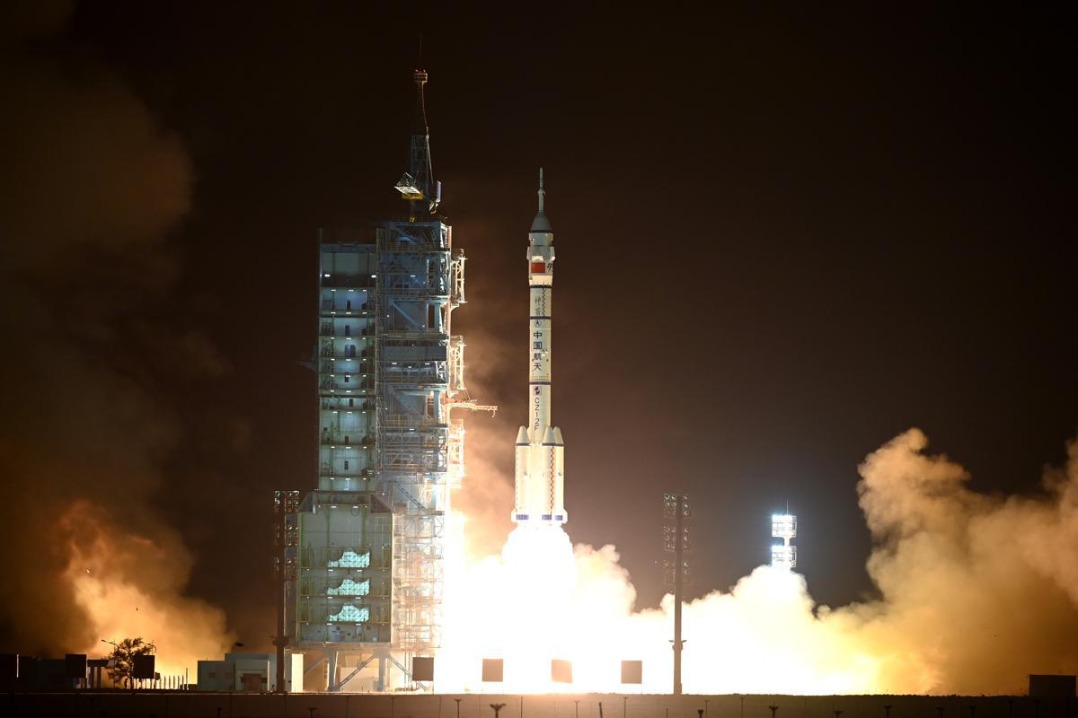New yuan lending, M2 growth slow down
By CHEN JIA | China Daily | Updated: 2020-08-12 09:13

Money supply and new yuan loan growth slowed in July as the economic recovery gained further momentum in China, an indication that the authorities are pausing the monetary easing to ensure long-term financial stability, analysts said on Tuesday.
The People's Bank of China, the central bank, said that broad money supply growth, or M2, fell to 10.7 percent on a yearly basis in July, compared with 11.1 percent by the end of the first half. New yuan loans stood at 992.7 billion yuan ($142.9 billion) in July, compared with 1.81 trillion yuan in June. Aggregate financing, which includes government bonds, rose by 1.69 trillion yuan in July, much less than the 3.43 trillion yuan increase seen in June, it said.
Wen Bin, chief analyst with China Minsheng Bank, said that the figures are an indication that the monetary policy is returning to a "normal" status and the "COVID-19 stimulus mode" is suspended.
China's M2 growth has accelerated since the central bank eased monetary policy to mitigate COVID-19 shocks and maintained double-digit growth since March, up from the 8.7-percent rise seen in December 2019, according to official data.
In contrast, the M2 growth in the United States surged to 22.9 percent in June from 6.7 percent at the end of last year, according to a research report from Goldman Sachs, a global investment bank.
A huge amount of liquidity injection to hedge against the economic recession in the US has resulted in a 4.2-percent decline of the US dollar in July, the most in a decade. In contrast, the yuan has gained 2.7 percent against the greenback since June this year.
The unprecedented novel coronavirus pandemic has forced the US Fed to restart quantitative easing since March. As a result, the Fed's balance sheet has expanded by nearly $3 trillion within three months to about $7 trillion. The total assets of the PBOC are around 3.6 trillion yuan currently, showed data from the central banks.
The divergence in the monetary policy results of the central banks of the world's two largest economies also shows that Chinese monetary authorities resorted to less policy easing than their US peers, analysts said.
The market has been worried about the excessive US dollar liquidity, which could further weaken the greenback, said Sheng Songcheng, deputy head of the Shanghai-based CEIBS Lujiazui Institute of International Finance and former head of the PBOC's statistics and analysis department.
As the US dollar is still facing depreciation pressure, Sheng said the COVID-19 epidemic recovery offers an opportunity to accelerate yuan internationalization as several foreign investors are searching for financial products with steady value to avoid foreign exchange fluctuations. China, one of the countries that has controlled the pandemic at an early stage, has shown resilience in its economic recovery and the same will help strengthen its currency, he said.
Meanwhile, policymakers are expected to encourage foreign investors to hike the holdings of yuan-denominated financial assets and promote Shanghai as an international financial hub. "China will steadily facilitate the opening of capital account, and one of the measures is to start a pilot program of combining yuan and foreign currency accounts, he said.
























